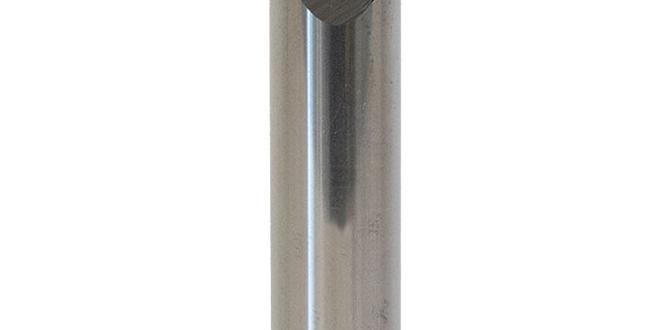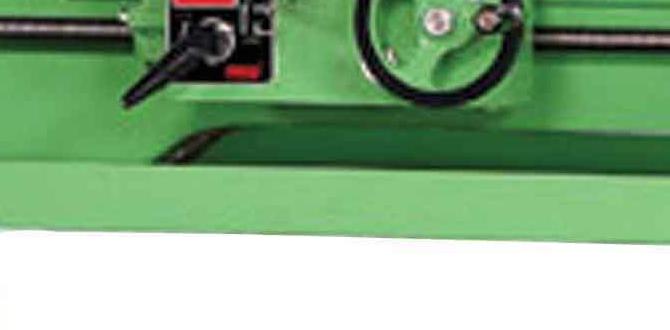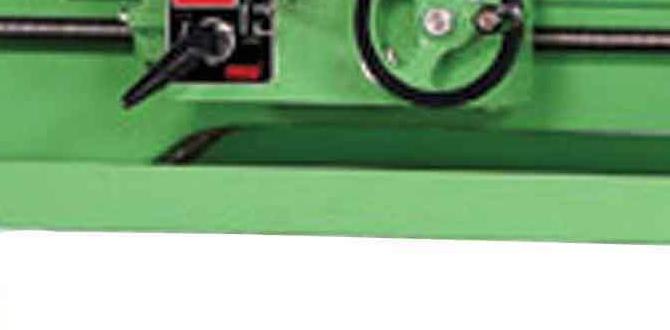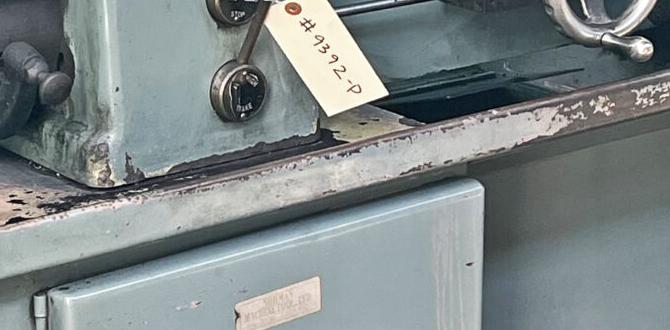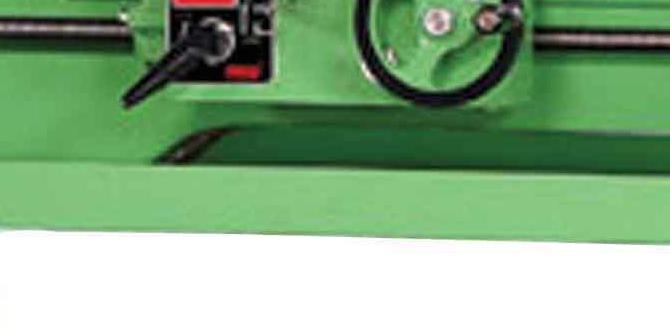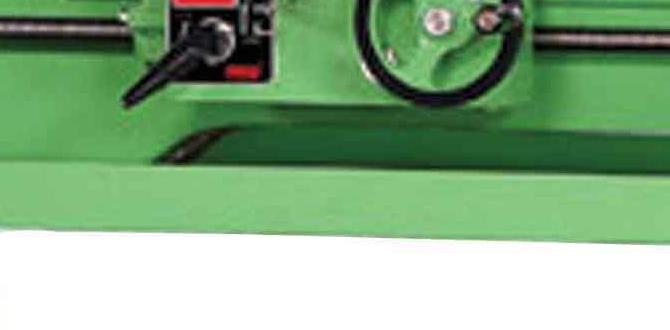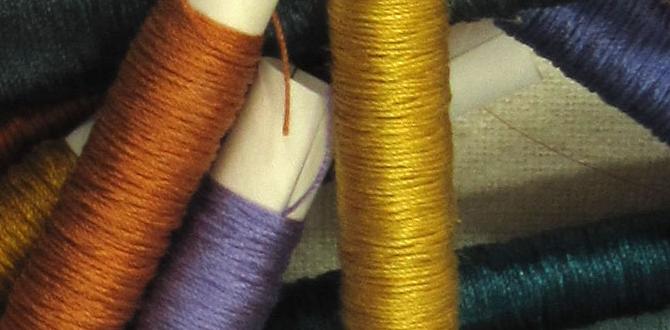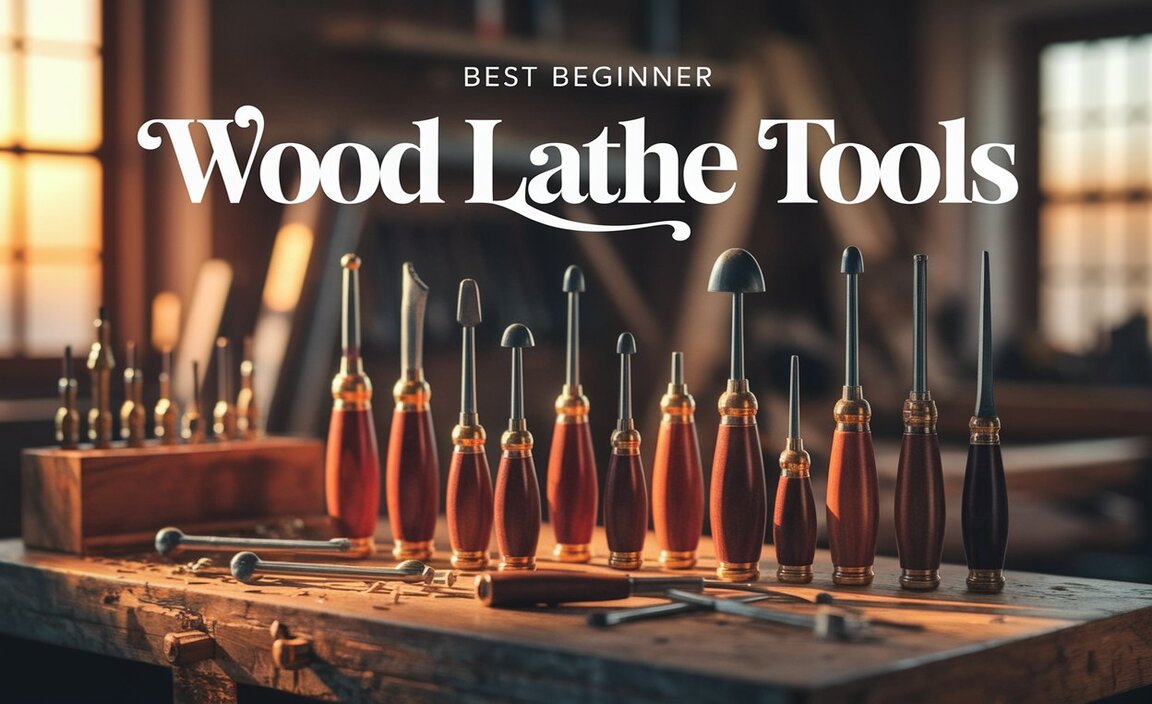Proper wood lathe torque adjustment is key to smooth cuts and safe operation, allowing you to control your workpiece precisely and prevent stalling during challenging operations. Mastering this ensures better results and longer tool and machine life.
Ever felt that frustrating struggle when your wood lathe seems to fight back? You’re not alone! Getting the right amount of power, or torque, to your spinning wood is crucial for turning success. Too little, and the tool bogs down; too much, and you risk dangerous kickbacks or damaging your lathe. It’s a common hurdle for beginners, but with a few simple tips, you can master wood lathe torque adjustment and make your turning smoother, safer, and much more enjoyable. Let’s dive in and unlock that perfect balance!
Understanding Wood Lathe Torque: What It Means for Your Projects
Think of torque as the twisting force your wood lathe’s motor delivers to the workpiece. It’s what makes the wood spin and allows your tools to shape it. For woodworking, this means having enough power to spin larger pieces of wood or to push through denser materials without the motor laboring or stopping. It’s not just about speed; it’s about the grunt, the raw turning power.
When you’re just starting, it’s easy to overlook torque, focusing mainly on spindle speed. However, the relationship between speed and torque is vital. A lower speed often requires more torque to keep the wood turning steadily, especially when facing end grain or turning large bowls. Conversely, a very high speed might feel fast, but if the torque isn’t there, you can still experience issues.
Understanding your lathe’s capabilities and how torque affects different turning situations will dramatically improve your results. It helps prevent motor strain, protects your tools from chattering, and most importantly, keeps you safe. We’ll break down how to adjust and manage this essential power source so you can tackle any project with confidence.
Why Torque Adjustment Matters: Safety and Performance
Adjusting wood lathe torque isn’t just about making your work easier; it’s fundamentally about safety and achieving optimal performance. Here’s why it’s so important:
- Safety First: The most critical reason to manage torque is to prevent kickback. If the tool catches and the motor doesn’t have enough torque to power through, the workpiece can suddenly jolt or be thrown from the lathe—a very dangerous situation. Proper torque settings help the lathe maintain a consistent spin, reducing the chance of the tool digging in and causing a bind.
- Smooth Operation: Adequate torque ensures a consistent, smooth rotation of the workpiece. This means cleaner cuts with your chisels and gouges, reducing tear-out and the need for excessive sanding.
- Preventing Motor Strain: Overloading your lathe’s motor by demanding too much torque for too long can lead to overheating and premature wear, potentially shortening its lifespan. Adjusting torque helps keep the motor within its optimal operating range.
- Handling Difficult Materials: Dense hardwoods, large blanks, or turning end grain all require more torque to maintain a steady rotation. Knowing how to adjust or ensure sufficient torque allows you to tackle these challenging projects effectively.
- Tool Longevity: When the lathe struggles due to insufficient torque, it can cause vibrations and chatter. This instability is harder on your cutting tools, leading to dulling faster and potentially chipping the edges.
Factors Influencing Torque Needs
The amount of torque your wood lathe needs can vary significantly based on several factors. Understanding these will help you anticipate and manage torque requirements:
Workpiece Size and Mass
Larger and heavier workpieces require more torque to get spinning and keep them turning consistently. The inertia of a big, unbalanced blank is much greater than a small, round piece of maple. You need a strong twisting force to overcome this inertia.
Wood Density and Hardness
Softer woods like pine or poplar are generally easier to turn and require less torque. Hardwoods like oak, maple, or exotic woods demand more power. Turning end grain, which is typically harder to cut effectively, also necessitates higher torque compared to turning with the grain.
Turning Operation
Different cuts require different amounts of torque. Roughing out a blank, especially if it’s out of round, is demanding. Scraping or fine shaping might require less immediate torque but still benefits from a stable spin. Bowl turning, particularly when facing significant material removal, is a prime example of a high-torque application.
Tool Sharpness and Type
A sharp tool cuts efficiently with less resistance. A dull tool will bind and drag, demanding more torque from the lathe and putting a strain on both the motor and the tool itself. Certain tool types, like large roughing gouges, inherently require more torque to operate effectively.
Lathe Motor and Drive System
The inherent power of your lathe’s motor is the first limiting factor. Smaller hobby lathes have less torque than larger professional models. The type of drive system (belt drive, direct drive, variable speed) also plays a role in how torque is delivered to the headstock.
Adjusting Torque on Your Wood Lathe: A Practical Approach
Most beginner-friendly wood lathes don’t have a direct “torque adjustment knob.” Instead, torque management is achieved through a combination of understanding your lathe’s capabilities and making adjustments related to speed and belt configuration. For variable speed lathes, it’s all about finding the right balance.
Belt Speed Adjustments (For Belt-Driven Lathes)
Many beginner and intermediate wood lathes use a belt-drive system with multiple pulley positions. The principle here is simple: lower pulley positions (closer to the motor) generally provide more torque at lower speeds, while higher pulley positions (closer to the spindle) provide higher speeds but less torque.
Here’s how it typically works:
- Locate the Belt Cover: Most lathes have a hinged cover that grants access to the motor and spindle pulleys.
- Release Tension: You might need to move the motor slightly or loosen a tensioning screw to allow the belt to be repositioned.
- Change Pulley Position: Move the belt to a different set of pulley grooves. For more torque, you’ll typically want the belt on the largest pulley on the headstock (spindle) and the smallest pulley on the motor, or vice versa, depending on the configuration. This is often the “low speed” setting. For higher speeds with less torque, you’d use larger motor pulleys and smaller headstock pulleys.
- Restore Tension: Ensure the belt is taut but not overly tight. Too loose, and it will slip; too tight, and it will strain bearings and the motor.
- Close Cover and Test: Secure the belt cover and safely power on the lathe to test the new speed and feel.
Pro Tip: Always ensure the lathe is unplugged before making any belt adjustments for safety.
Variable Speed Control (For Digital/Electronic Speed Lathes)
Modern lathes often feature electronic variable speed controls, allowing you to adjust speed on the fly. While it seems like you can just dial in any speed, remember the inverse relationship between speed and torque.
- Lower Speeds = Higher Torque: When you need more power (e.g., for roughing a large, unbalanced blank, or turning dense wood), you’ll generally want to reduce the RPM to a lower setting. This is where the motor’s power is more effectively translated into twisting force.
- Find the Sweet Spot: Don’t automatically go for the absolute lowest speed. Experiment to find the lowest speed at which your lathe can comfortably handle the load without the motor sounding strained or the workpiece becoming unstable.
- Listen to Your Lathe: Your lathe will tell you when it’s struggling. A laboring motor sound, a significant drop in speed under load, or workpiece hesitation are all signs you need more torque, which usually means a lower speed setting.
For a great overview of how chucks affect torque and speed, this guide from Woodworker’s Journal provides valuable context on accessory impacts.
Understanding Your Lathe’s Power Rating
The horsepower (HP) rating of your lathe’s motor is a key indicator of its potential torque. Higher HP motors can generally deliver more torque across their speed range. However, a larger motor on a cheap lathe might still be limited by its overall build quality. For comparison, a 1 HP motor is common for many benchtop lathes, while larger floor models can range from 1.5 HP to 3 HP or more.
Practical Tips for Maximizing Wood Lathe Torque
Beyond basic adjustments, several practices can help you get the most out of your lathe’s torque capabilities, ensuring smoother turning and increased safety.
Start Slow and Build Up
Always begin by starting your lathe at a low speed, especially when mounting a new or irregularly shaped workpiece. Once the piece is securely spinning and appears balanced, you can gradually increase the speed if your task allows. This prevents the motor from being shocked by a sudden load.
Use Sharp Tools
This cannot be stressed enough. Sharp tools cut cleanly with minimal resistance. A sharp chisel or gouge glides through the wood, requiring far less torque from the lathe and producing a much better finish. Dull tools dig in, create friction, and force the motor to work harder, reducing effective torque and increasing risk.
Proper Tool Presentation
How you present your tool to the wood significantly impacts the load on the lathe. Aim for controlled, sweeping cuts rather than trying to hog off large amounts of material quickly. For roughing, use specific tools designed for heavy material removal and learn the correct angles to present them to the workpiece to avoid binding.
Center Your Workpiece
An unbalanced workpiece will wobble, creating uneven demands on torque and potentially leading to vibrations that can cause the tool to catch. Ensure your workpiece is properly mounted and as balanced as possible before starting the lathe, especially at higher speeds.
Avoid Overloading the Motor
If you’re turning a large bowl from dense hardwood, don’t expect your small hobby lathe to perform like a professional machine. Respect the limits of your equipment. If the motor sounds strained, the speed drops significantly, or you feel excessive vibration, slow down or reduce the amount of material you’re trying to remove in one pass.
Maintain Your Lathe
Regularly clean dust and debris from the motor and pulley system. Ensure the belt is in good condition and properly tensioned. Lubricate moving parts as per your owner’s manual. A well-maintained lathe operates more efficiently, translating motor power into usable torque more effectively.
Considering Drive Adapters and Enhancements
For some lathes, especially older or simpler models, aftermarket enhancements like upgraded drive belts or even changes to the motor controller can influence torque delivery. However, for beginners, focusing on the fundamental adjustments and practices is paramount.
Torque vs. Speed: Finding the Right Balance
The interplay between speed and torque is fundamental to woodturning. Understanding this relationship is key to safe and effective use of your lathe.
Imagine your lathe’s motor having a fixed amount of “power.” This power can be expressed as a combination of speed (how fast it spins) and torque (how much twisting force it has). You can’t have maximum speed and maximum torque simultaneously from a given motor; they are inversely related.
Let’s break it down:
- High Speed, Low Torque: This is ideal for finishing cuts, sanding, or turning smaller, lighter pieces of softer wood. At higher speeds, you remove material quickly for smooth results, but the force required is minimal.
- Low Speed, High Torque: This is crucial for demanding tasks like roughing out large, unbalanced blanks, turning very dense or large workpieces, or working with end grain. The slower speed allows the motor to apply its maximum twisting force without stalling.
When to Prioritize Speed
- Finishing passes to achieve a smooth surface.
- Sanding operations.
- Turning small, lightweight items made from soft woods.
- When the tool is slicing cleanly with minimal resistance.
When to Prioritize Torque (Lower Speed)
- Roughing out a large, irregularly shaped blank.
- Turning dense hardwoods or large-diameter bowls.
- Working with end grain.
- When you notice the motor laboring or the speed dropping under load.
- To prevent a tool from catching and causing kickback.
A good rule of thumb is to choose the slowest speed that still allows you to make an effective cut without bogging down the motor. For instance, when roughing a 12-inch maple bowl, you might start at 300-500 RPM, whereas for sanding a similar piece, you might go up to 1200-1500 RPM.
Troubleshooting Common Torque-Related Issues
Even with the best intentions, you might encounter problems. Here are some common issues related to torque and how to address them:
| Problem | Possible Cause(s) | Solution |
|---|---|---|
| Motor Stalls or Bogs Down Suddenly |
|
|
| Excessive Vibration or Chatter |
|
|
| Difficulty Removing Material |
|
|
| Workpiece Not Spinning Consistently |
|
|
For more on troubleshooting, this Popular Mechanics article offers general guidance applicable to many lathe issues.
Frequently Asked Questions About Wood Lathe Torque
What is the ideal torque setting for roughing out a bowl?
For roughing out a bowl, especially one made from a large, possibly unbalanced blank, you’ll want to prioritize torque. This means using a slower speed. For most lathes, this would be in the range of 300-600 RPM. Listen to your motor; it should sound steady, not strained. If the speed drops significantly under the load of the tool, slow it down more.
How do I know if my wood lathe has enough torque?
You’ll know your lathe has sufficient torque when it can maintain a consistent speed under load without the motor sounding like it’s struggling. If you’re removing material smoothly with sharp tools and the workpiece continues to spin steadily without hesitation, the torque is likely adequate for the task.
Can I increase the torque on my existing wood lathe?
For belt-driven lathes, you can maximize torque by ensuring the belt is on the pulley configuration that offers the lowest speed (usually the largest diameter pulley on the spindle and the smallest on the motor). For electronically controlled lathes, torque is inherently linked to speed – lower speeds generally mean more available torque. For significant torque increases beyond these adjustments, you might need a more powerful motor, which is usually an advanced modification or requires purchasing a larger lathe.
Does the type of wood affect the torque I need?

